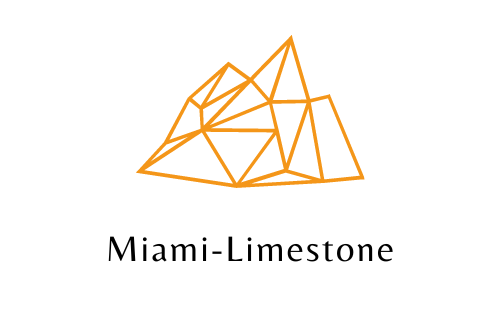What Is Chalk?
Chalk is limestone composed mostly of calcium carbonate, which comes from microscopic marine organisms known as foraminifera and from the calcareous remains of marine algae known as coccoliths. The most common chalk is white or light gray in color, is extremely porous, permeable, soft and friable. Chalk is commonly mined in Florida.
How Does Chalk Form?
Chalk is a chalklike material made from the residue of oceanic organisms that are composed of shells and skeletons of various creatures such as corals, clams, mollusks, and foraminifer. After the foraminifera, marine algae, or other organisms living on the bottom or in the waters above die, their remains sink to the bottom and accumulate as ooze. When most of the organic debris is made up of calcium carbonate, then chalk will be the type of rock that forms from the ooze. If the accumulation of organic matter is made up of diatoms and radiolaria, the ooze will consist mainly of silicon, and the rock type that forms will be diatomite. Chalk deposits are extensive throughout the world. Often these fossils form in deep water where clastic sediments from streams and beaches do not dominate the sedimentation. They may form on continental crust or on the continental shelf when the ocean is higher than normal. White chalk is widely known by people in western Europe and a few other parts of the world because it’s a bright white rock that can form vertical cliffs along shorelines. Chalk cliffs have a vertical face eroded by wave action at the bottom. These faces are undermined, and when the undercutting reaches a weak plane (such as a vertical joint), collapse occurs. The dramatic chalk cliffs of the English Channel are spectacular, and they’re composed of chalk. This is the White Cliffs of Dover. It’s the best place to enjoy the English Channel views in the UK. The English Channel Tunnel, nicknamed The Chunnel, that connects England and France was bored through the West Melbury Marly Chalk, a thick and extensive chalk unit that underlies the area. Chalk cliffs. They look like a great place to find fossils and flint. Some days, as the soft chalk weathers away, flint nodules fall to the beach below.
What is the Difference Between Limestone and Chalk?
Limestone is a sedimentary rock which has two major types of minerals: Calcite and Aragonite. This is because it is a result of the deposition of skeletal fragments of marine organisms such as coral, forams and molluscs. While chalk is a type of limestone containing calcite as the major mineral. About 99%. This is because it forms from the accumulation of calcium carbonate shells of the microscopic algae coccolithophores. Chalk also contains flints.
Usage
Most people associate chalk with elementary school blackboards and sidewalk hopscotch games, but chalk can be a surprisingly handy helper to have around the house. Chalk is a useful product for many applications, including for cleansing, removing stains, and preventing rust and ant incursions. If you need to purchase chalk, visit our limestone home page here.
